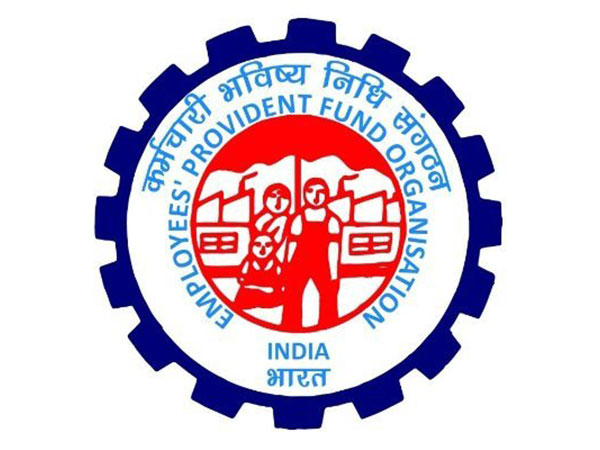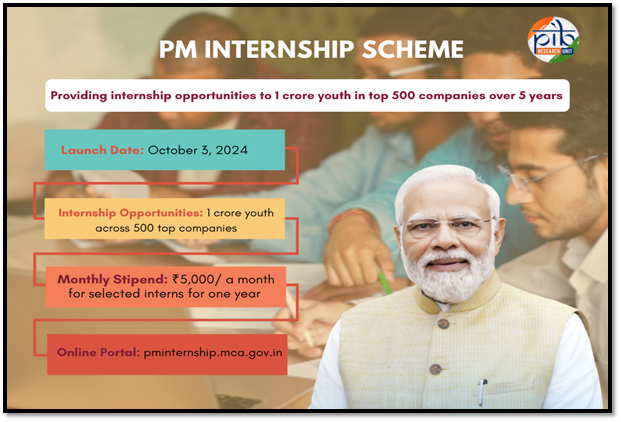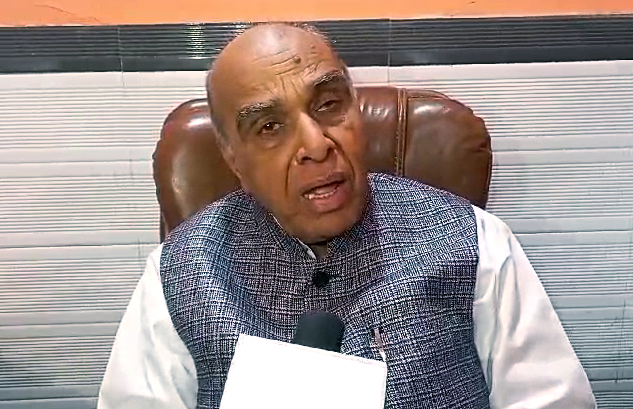In the past decade, India has emerged as a global leader in digital transformation, revolutionizing the way its citizens interact with technology. From pioneering digital payments to building one of the world’s largest biometric identification systems, India’s digital economy has reshaped industries, empowered millions, and set new global benchmarks. As the country moves toward its ambitious goal of a $1 trillion digital economy by 2028, its journey offers valuable lessons for nations seeking to build inclusive, scalable, and sustainable digital ecosystems. India’s story is one of unprecedented growth, bold policies, and an unwavering focus on inclusivity, serving as a testament to the power of technology to drive socioeconomic change.
India’s digital economy has witnessed exponential growth, propelled by rapid internet penetration, affordable data, and widespread smartphone adoption. With over 950 million internet users and 650 million smartphone users, the nation has embraced connectivity at an unprecedented scale. This digital boom has reshaped the country’s economic landscape, creating new opportunities and industries while closing long-standing divides, particularly between urban and rural areas. Historically, rural India has been underserved by technology, but as internet access has expanded, these areas have become significant contributors to the digital revolution. The widespread availability of affordable internet and mobile data has brought new economic opportunities to rural India, where previously digital access was a luxury. By breaking down geographical barriers, digital transformation has helped millions gain access to services such as education, healthcare, and financial inclusion, areas where technology had once struggled to reach.
At the forefront of this transformation is India’s financial technology sector, which has redefined the way people transact, save, and invest. In 2016, the introduction of the Unified Payments Interface (UPI) catalyzed a cashless revolution, enabling real-time digital payments via mobile apps and QR codes. UPI has allowed India to leapfrog traditional banking systems, moving directly to mobile and internet-based financial services. The success of UPI, an open, interoperable model designed for financial inclusion, offers valuable lessons on how digital payment platforms can drive large-scale adoption and economic integration. Unlike WeChat Pay in China, which operates within an all-encompassing ecosystem, UPI focuses on public access and empowerment. Today, India processes more than 10 billion UPI transactions every month, a staggering figure that highlights the scale of adoption and India’s growing influence in the global financial landscape. Countries like Singapore and the UAE have adopted similar models, recognizing UPI’s ability to facilitate efficient, inclusive, and scalable financial systems.
The success of UPI is not just a national achievement; it has become a global benchmark for digital payments. Countries around the world, particularly in emerging markets, have recognized UPI as a model for building a secure and inclusive digital payments ecosystem. The platform’s interoperability allows users to access and transfer funds across multiple banks and payment platforms seamlessly, making it an ideal tool for financial inclusion. Moreover, UPI’s focus on empowering individuals with accessible, low-cost financial services has proved critical in fostering economic integration, particularly among low-income and marginalized populations.
Alongside UPI, India’s digital transformation is also closely tied to the Aadhaar system, the world’s largest biometric identification program. Aadhaar has helped over 1.3 billion people access critical services such as banking, subsidies, and healthcare. Much like Estonia’s digital identity system, Aadhaar serves as a model for biometric-based identification, although with a focus on financial inclusion rather than e-governance. Estonia’s digital ID system is designed primarily to enable secure transactions and online governance, while Aadhaar’s primary focus is on ensuring that all citizens, especially the underserved, can access essential services and benefits. Aadhaar’s role in promoting financial inclusion is unparalleled—enabling Direct Benefit Transfers (DBT) that have saved the Indian government billions of dollars by reducing fraud and inefficiencies in welfare distribution.
India’s emphasis on affordability and accessibility has been pivotal to the success of its digital revolution. The telecom sector has played a crucial role in this by offering low-cost mobile data, making internet access available to millions of people, including in rural areas. With mobile data prices as low as $0.09 per GB, India has witnessed one of the most significant surges in data consumption globally, with the average user consuming 14GB of data per month. The availability of affordable mobile data has democratized access to information and services, opening new possibilities in education, healthcare, and business. The expansion of 5G services will further accelerate this growth, bridging the digital divide between urban and rural India and enabling innovations that will transform every sector, from telemedicine to e-commerce.
The growth of e-commerce in India has been another testament to the power of digital transformation. Between 2017 and 2023, digital payments in India’s e-commerce sector grew by 50.8%, reflecting the rapid adoption of online shopping. Major global players like Amazon and Flipkart have capitalized on this trend, shaping consumer behavior and pushing the boundaries of online retail. However, it is India’s homegrown platforms, such as the Open Network for Digital Commerce (ONDC), that are redefining the landscape of digital commerce. ONDC aims to empower small businesses by providing them with the infrastructure to participate in the digital economy, creating a more level playing field. In this way, ONDC helps small businesses compete with larger corporations, ensuring that the benefits of digital transformation reach all sectors of society.
India’s success in building an inclusive digital ecosystem has been underpinned by its government’s strategic policies and initiatives. Programs such as Digital India, launched in 2015, laid the foundation for a strong digital infrastructure, expanding broadband connectivity, promoting e-governance, and ensuring that public services are available online. Initiatives like Startup India and Make in India have further nurtured the country’s tech ecosystem, positioning India as the third-largest startup hub globally, with over 100 unicorns. These programs have helped India build a thriving digital economy that spans across sectors, including finance, healthcare, education, and agriculture. The Digital India initiative has played a crucial role in ensuring that the country’s vast population can participate in the digital economy, bridging the gap between urban and rural regions and empowering citizens to access vital services.
While India’s digital transformation has been a success story, it has not been without challenges. As the digital economy grows, so too does the need for strong data protection and cybersecurity measures. The digital landscape is continually evolving, and the challenge for policymakers will be to balance rapid technological advancements with ensuring user privacy and security. India is working to strengthen its regulatory frameworks to ensure that innovation continues while safeguarding citizens’ rights. India’s approach to data protection will be crucial in maintaining public trust and fostering further digital adoption.
Looking ahead, India’s digital economy is poised to continue its growth trajectory, with emerging technologies such as artificial intelligence, blockchain, and the Internet of Things (IoT) set to drive the next wave of innovation. AI alone is expected to contribute nearly $957 billion to India’s GDP by 2035, with transformative impacts on sectors such as healthcare, agriculture, and manufacturing. Blockchain, cloud computing, and IoT are already being integrated across industries to improve efficiency, security, and data-driven decision-making. As these technologies evolve, they will further position India as a global leader in digital transformation.
India’s digital revolution has demonstrated that transformation is not just about technology—it’s about people. By prioritizing inclusivity, affordability, and accessibility, India has shown that a well-planned digital economy can empower millions, bridge socioeconomic gaps, and drive sustainable growth. The success of UPI, Aadhaar, and other key initiatives serves as a model for other nations looking to modernize their own digital economies. India’s focus on financial inclusion, accessibility, and open, interoperable platforms provides valuable insights for countries around the world seeking to replicate its success. India’s journey offers both inspiration and a roadmap, proving that with the right policies, partnerships, and people-centric approaches, a thriving digital future is within reach.
(Ridhima Madan is a versatile strategist with a decade of global experience driving revenue and enhancing customer experience)





















